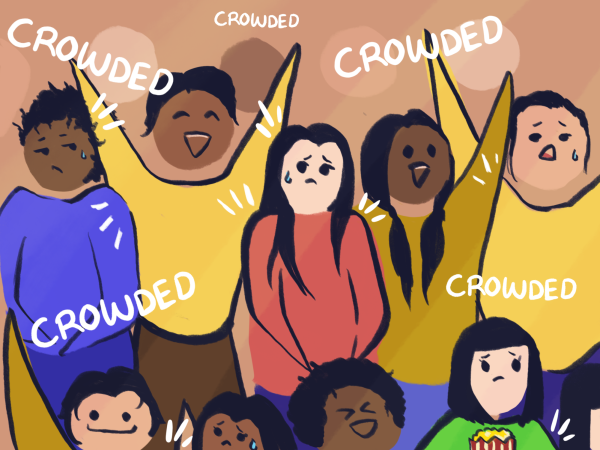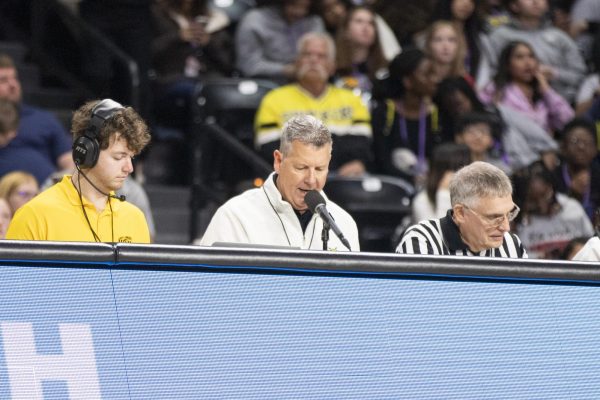A fan’s guide to basic basketball terminology
Basketball fans populated Koch Arena long before Wichita State made it anywhere during March Madness, but since last year’s Final Four run, the stands are sure to be even more packed than usual.
For those of you who are basketball rookies, but want to become one of the avid, adoring Shocker fans shown on TV, here’s some basic basketball terminology to help you understand the game. Study these terms closely and, after attending a few games, no one will even know it’s your first season watching basketball. You’ll soon be on your way to painting your face and throwing newspaper scraps like the rest of the fans.
Assist: A player is awarded an assist if he has possession of the ball, and then passes it to another player who makes a basket.
Carrying: Also known as palming, this occurs when a player dribbles the ball with his hand on the side or under the ball, literally almost “carrying” the ball.
Double Dribble: A double dribble is when a player has dribbled using both of his hands simultaneously, or if he has picked up the ball and begun dribbling again.
Held Ball: When two players from opposing teams are fighting over possession of the ball, the situation is known as a held ball. The referees usually stop the play and give the ball to one of the teams for a jump ball. A jump ball is when a referee tosses the ball up between the two players or, in most cases, the teams alternate possession after a held ball.
Personal Fouls: Personal fouls occur when there is any type of illegal contact between players of opposite teams. This can include holding onto a player, hitting or pushing. There are various consequences for fouls, including taking free throw shots or giving the ball to the team that was fouled depending on how many fouls the team has made.
Rebound: Rebounds occur when a shot is missed, and the ball is picked up by a player before going out of bounds.
Shot Clock: The shot clock timers are above the backboards and count down from 35 seconds for the men’s team and 30 seconds for the women’s team. That’s the amount of time that a team has from the time of ball possession to when a shot must be taken, which must hit the basket rim. Not taking the shot or missing the rim results in the loss of the ball.
Traveling: If a player is charged with traveling, that means he either moved his stationary pivot foot once he had ceased dribbling, or he moved more than a step and a half without dribbling.
Any other basketball-related questions still lingering in your mind should either be a) forgotten — just pretend you know everything, or b) answered by a close friend who knows you don’t know anything about basketball. With the help of these terms, the rest of The Sunflower’s Basketball Guide and maybe a friend who pities you, you’ll be on your way to becoming a true Shocker basketball fan.










